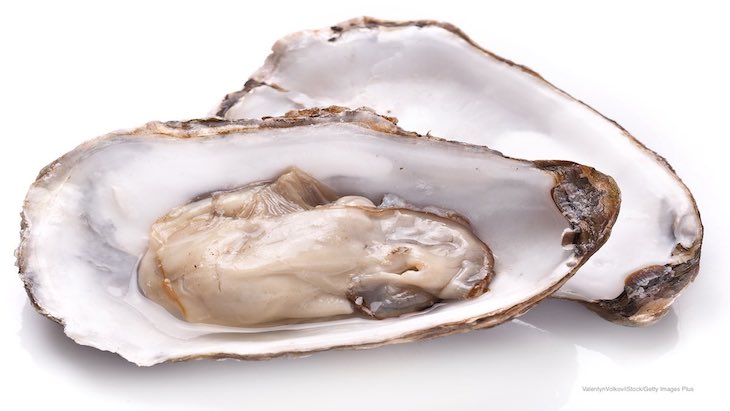A Vibrio Shigella E. coli and norovirus outbreak linked to raw oysters from Baja California Sur, Mexico has sickened at least 12 people in California, according to the California Department of Public Health (CDPH).

Those twelve patients reported illnesses in February, March, and April 2019 after consuming raw oysters that were sold by restaurants and retailers in Los Angeles, Orange, Santa Barbara, and San Diego counties. The raw oysters were sold throughout the state.
Lab testing was performed on isolates from eight cases. Officials identified Vibrio parahaemolyticus in three patients, Vibrio albensis in one, an unidentified species of Vibrio in one patient, Shigella flexneri serotype 1 in two patients, and norovirus. In addition, one of the people infected with Vibrio parahaemolyticus cases was co-infected with non-O157 Shiga toxin-producing E. coli bacteria.
Traceback evidence has shown that the oysters were harvested from Estero El Cardon. Authorities in Mexico have been notified about this outbreak and are investigating.
Restaurants and retailers can protect their customers by making sure that there are no oysters harvested from Estero El Cardon in Baja California Sur, Mexico in their inventory. Shellfish tags are also required on oysters; those should be checked to identify the source. If oysters are not identified or labeled, consumers should ask their retailer or restaurant about the source. Do not eat raw oysters if the source cannot be identified.
The symptoms of a Vibrio infection include stomach cramps, nausea, vomiting, fever, and chills. The symptoms of a Shigella infection include fever, abdominal pain, diarrhea that may be bloody, and tenesmus. The symptoms of norovirus include nausea, vomiting, fever, muscle pain, abdominal cramps, and diarrhea. And the symptoms of a Shiga toxin-producing E. coli infection include a mild fever, severe abdominal cramps, and bloody diarrhea.
If you have eaten raw oysters in California and have been ill with any of these symptoms, see your doctor. You can protect yourself by avoiding raw or undercooked shellfish. Shellfish should be cooked until it reaches an internal temperature of at least 145°F; 165°F is better to protect against some pathogens such as E. coli.




